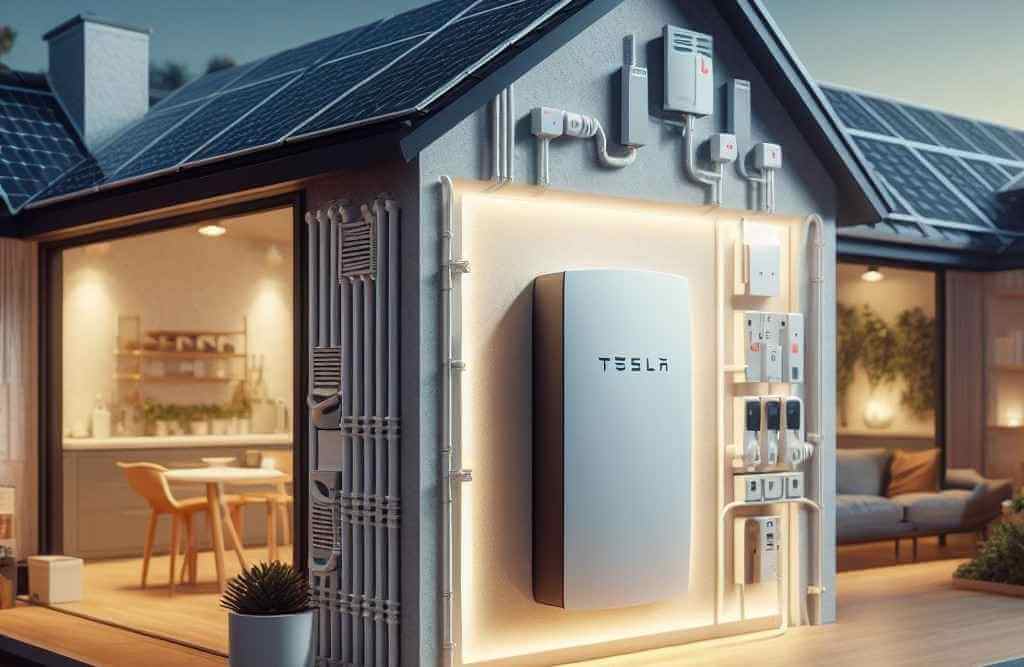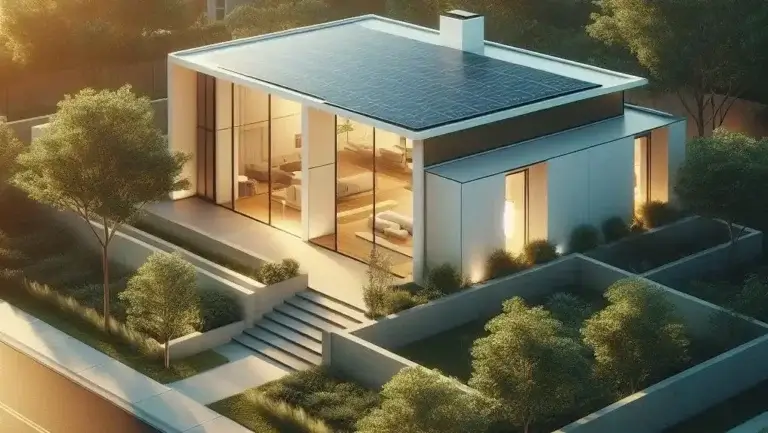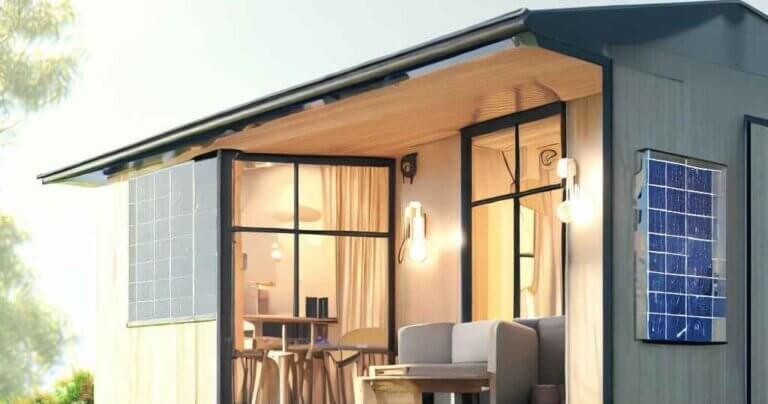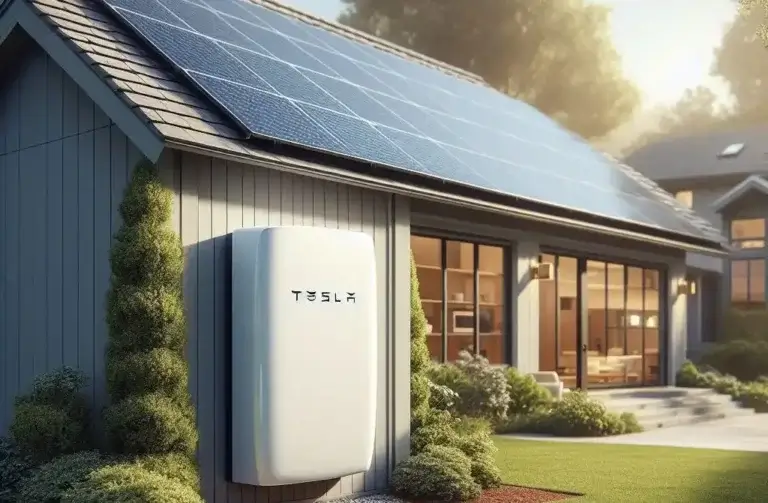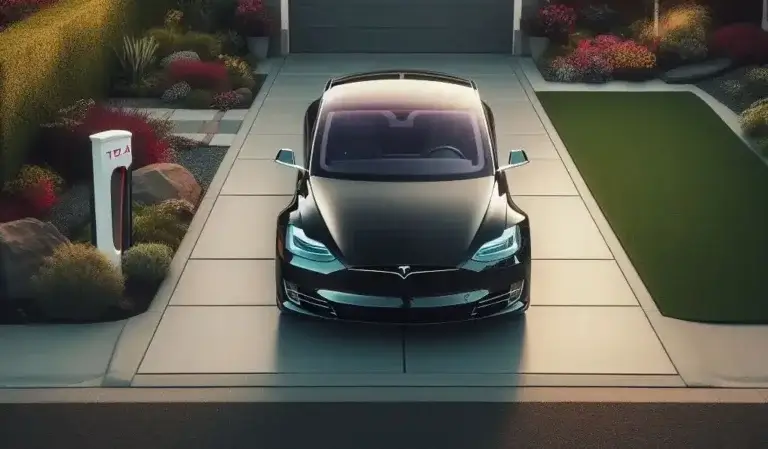Is the Tesla Powerwall 3 Available Yet? Here’s What to Expect for the New Solar Battery in 2024
The Powerwall 3 is Tesla’s newest home battery system expected to launch in 2024. This fully integrated solar and battery solution offers higher capacity and better performance than previous Powerwall models.
So when will the Powerwall 3 be available to order? What upgrades and new features does it include? And how much will it cost compared to the popular Powerwall 2?
This in-depth guide covers everything we know so far about Tesla’s next-generation home energy storage system and what to expect when the Powerwall 3 arrives.
Table of Contents
Overview of the Upcoming Tesla Powerwall 3
Tesla first unveiled the Powerwall over 7 years ago in 2015. Since then, over one million Powerwall units have been installed worldwide.
The current Powerwall 2 model offers 13.5 kWh of energy storage capacity, enough for most homes to power essential appliances during an outage. Two Powerwall 2 units can be wired together for even greater capacity and backup coverage.
In October 2022, Tesla announced its next-generation system — the Powerwall 3. This will replace the Powerwall 2 and add a range of enhancements.
When Will the Tesla Powerwall 3 Be Available?
According to the official Tesla Powerwall website, “Powerwall 3 will be available to customers starting 2024.”
So while an exact release date hasn’t been confirmed yet, we expect the new Powerwall system to become available for orders at some point next year.
For homeowners eager to install battery backup or add solar, it may be worth waiting for the upgraded Powerwall 3 model to arrive soon.
Upgrades and New Features of the Powerwall 3
So what changes and improvements does the Powerwall 3 offer compared to the previous generation?
Here are some of the key upgrades Tesla has confirmed for the Powerwall 3:
- 40% more energy density
- Integrated solar inverter for grid-tied solar systems
- Higher peak power rating
- Modular, easy expansion up to 500 kWh
- Optimized installation process
Let’s take a closer look at each of these new features…
40% Higher Energy Density
Energy density refers to how much energy capacity can fit into a battery of a given physical size.
The Powerwall 3 uses new battery cell technology to increase energy density by 40% — packing more storage into the same compact form factor.
This means the Powerwall 3 provides greater energy capacity from a battery of equivalent size to the Powerwall 2. It can deliver more power for longer using advanced battery chemistry improvements.
We’ll have to wait for Tesla to confirm the rated kWh capacity. But with 40% higher energy density, estimates suggest the Powerwall 3 may offer around 19 kWh of usable storage.
Integrated Solar Inverter
One major change with the Powerwall 3 is the integrated solar inverter, allowing solar panels to connect directly to the battery system.
Having both the battery inverter and solar inverter combined into one unified package reduces hardware requirements and installation complexity.
Homeowners adding new solar can use the Powerwall 3 inverter instead of needing to buy and install a separate solar inverter. And the Powerwall 3 is compatible with other solar inverters if preferred.
Direct solar integration also increases round-trip efficiency when charging from solar panels and discharging to power your home.
Higher Peak Power for Outages
Another upgrade with the Powerwall 3 is a higher power rating for managing household electrical loads.
While Tesla hasn’t shared an exact rating yet, the peak power output is expected to exceed the Powerwall 2’s 8.6 kW continuous supply.
With greater than 8.6 kW of instantaneous power, the Powerwall 3 can deliver more high-demand current for running large home appliances or several devices at once.
This helps maintain full home backup protection even during harsh weather events or grid failures when power needs tend to spike.
Modular Scalability Up to 500 kWh
One compelling feature of the new Tesla battery is simplified modularity and scalability.
The Powerwall 3 is designed as a single integrated unit with options to easily add more battery capacity over time. Additional Powerwall 3 modules can be stacked together like building blocks.
Tesla says up to 500 kWh of total energy storage can be accumulated by installing multiple Powerwall 3 units. For comparison, two 13.5 kWh Powerwall 2s provide just 27 kWh combined.
500 kWh is enough capacity for most homes to achieve multiple days of reliable backup energy even if prolonged grid outages occur.
The modular design also streamlines installation and expansion while centralizing critical components into a single enclosure.
Improved Installation Process
Tesla emphasizes how the Powerwall 3 offers an “optimized installation process” to replace or upgrade an existing energy storage system.
The integrated package consolidates components into a unified battery solution. Prep work, mounting hardware, wiring, and configuration are designed for simpler and faster setup.
Built-in installation diagnostics also check system health and validate proper functioning – reducing troubleshooting and callbacks.
Between streamlined hardware and software improvements, homeowners can expect a smoother install process with the Powerwall 3.
Cost and Availability of the Tesla Powerwall 3
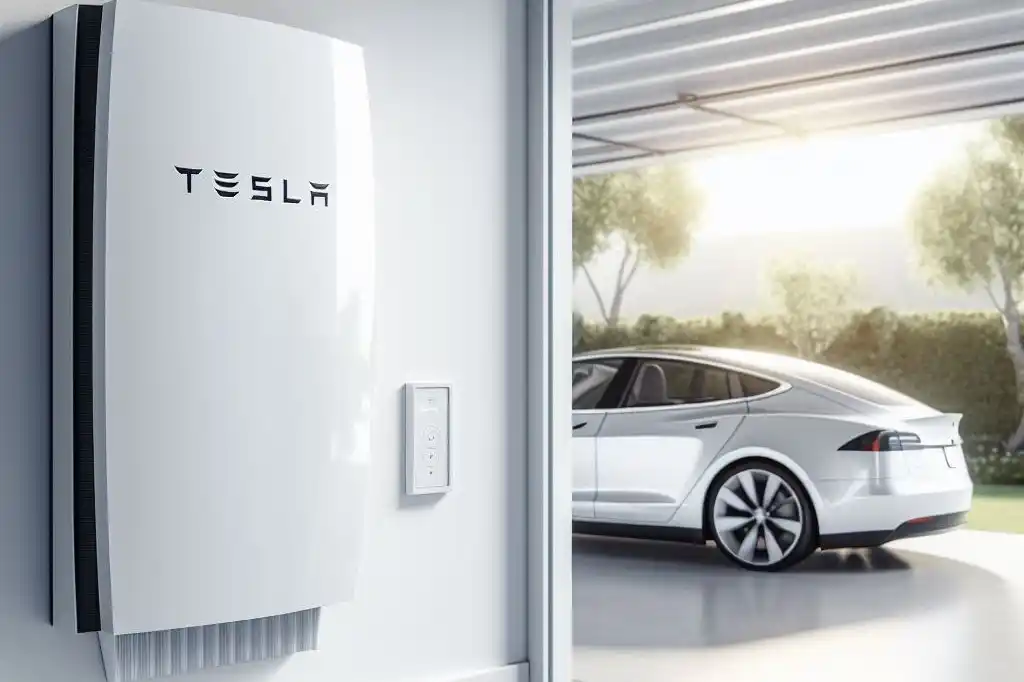
The Powerwall 2 currently sells for $10,494 before installation labor and local rebates or incentives.
Two Powerwall 2 units cost $19,988 plus installation, which typically adds another $2,500 to $5,500 depending on system requirements and complexity.
Tesla has not announced Powerwall 3 pricing yet. But as a newer premium product with added technology, the next-generation system will likely carry a moderately higher price tag.
Cost estimates suggest the Powerwall 3 may retail at around $11,500 or potentially $12,000+ as an initial price assessment. But labor and installation expenses make up a significant portion of the total price too.
Of course, tax credits, rebates, and financing can offset costs by thousands. Avoiding power outages has immense value for any home or business.
As mentioned already, Tesla reiterates the Powerwall 3 will become available sometime in 2024.
Orders will presumably open once full production ramps up and inventory channels stock the new model during the year ahead. Stay tuned for exact order dates and delivery timeframes.
Powerwall 3 vs Powerwall 2 Comparison
To summarize the differences…
Powerwall 3 upgrades over the Powerwall 2 include:
- 40% more capacity (19 kWh expected)
- Integrated solar inverter
- Higher peak power output
- Modular scalability up to 500 kWh
- Streamlined installation
In contrast, specs for the Powerwall 2 are:
- 13.5 kWh capacity
- 8.6 kW continuous power
- External solar inverter required
- Limited to 27 kWh by wiring two units
The Powerwall 3 delivers substantial performance and functionality gains. Plus, it uses the latest battery cell developments to maximize efficiency.
Let’s compare some key factors in more detail…
Storage Capacity
The Powerwall 2 provides 13.5 kWh of usable capacity, which powers most homes during short outages. Two Powerwall 2s double available energy to 27 kWh.
With 40% greater density, the Powerwall 3 is anticipated to add roughly 5 kWh for around 19 kWh per module. Connecting multiple units can achieve 500 kWh of aggregated storage.
Solar Integration
A key advantage of the Powerwall 3 is direct solar interconnection through the built-in bi-directional inverter.
The Powerwall 2 lacks integrated solar capabilities – requiring a standalone solar inverter installed separately.
Peak Power Rating
While exact figures are still unverified, the Powerwall 3 achieves a higher peak power output exceeding the Powerwall 2’s 8.6 kW continuous rating.
More instantaneous power enables sufficient energy flow for simultaneous high-demand loads.
Physical Size
No details on precise dimensions yet. But Tesla emphasizes an equivalent size to the Powerwall 2 but with 40% greater capacity packed inside.
Expect a comparable slim, wall-mounted form factor that takes up minimal space.
Efficiency and Battery Chemistry
By leveraging battery advancements in energy density plus combining solar/battery conversion into one system, Tesla says overall efficiency improves markedly.
The Powerwall 3 almost certainly utilizes upgraded lithium-ion cell chemistry and advanced manufacturing techniques for better performance too.
Warranty Coverage
Both the Powerwall 2 and 3 come with 10-year warranties covering the battery modules and supporting hardware. Installation workmanship also includes 10-year warranty protection.
Tesla pledges the Powerwall 3 battery will retain at least 70% of its original capacity after 10 years when cycled daily.
Why Homeowners Are Excited About the Powerwall 3
It’s clear the Powerwall 3 brings meaningful tech upgrades further cementing Tesla’s position as the premium home energy storage leader.
But what makes homeowners excited about reserving the next-gen battery system?
Here’s why many are eager to install the Powerwall 3 once available:
- Greater energy capacity in the same compact size
- Smoother integration when adding solar panels
- Enhanced resilience by scaling capacity beyond 27 kWh
- Higher peak output for uninterrupted whole-home backup
- Streamlined installation process
- Improved efficiency through advanced components
- Future-proofed hardware platform and modularity
In short, the Powerwall 3 offers superior performance, flexibility, and reliability over previous versions. All with Tesla’s industry-leading software integration.
Yes, the Powerwall 3 will likely come at a higher upfront price than the already popular Powerwall 2. But enhanced capabilities, modularity to grow over time, and overall value make it an exciting proposition for homeowners seeking energy independence.
Not to mention, modern high-capacity battery systems offer other money-saving benefits like…
- Optimizing Time-of-Use Energy Costs
- Reducing expensive demand charges
- Backing up a solar system to maximize self-consumption
- And more!
Forward-looking homeowners recognize the Powerwall 3 presents an outstanding opportunity to take greater control over their energy management and electricity expenses.
Frequently Asked Questions About the Tesla Powerwall 3
Here are answers to some common questions about what to expect with Tesla’s next-gen home battery release:
When will pre-orders open for the Powerwall 3?
An exact pre-order date is not confirmed yet. But Tesla states the Powerwall 3 will become available starting in 2024 once production scales to meet demand. Check Tesla’s website for the latest updates.
How much will the new Powerwall 3 cost?
Official pricing has not been shared yet. However, industry estimates expect around $11,500 to $12,000+ for the Powerwall 3 module alone before installation. Additional labor, wiring, permits, and steps typically add $2,500 to $5,500+ depending on system specifics.
What changes from the previous Powerwall 2?
Compared to the 13.5 kWh Powerwall 2, notable Powerwall 3 upgrades include 40% more capacity, integrated solar inverter, higher peak power, modular scalability up to 500 kWh, and streamlined installation.
Can you install multiple Powerwall 3 units?
Yes, Tesla designed the Powerwall 3 for flexible modularity. Homeowners can start with one unit and add extra battery modules later on. Linking several Powerwall 3 systems can achieve 500 kWh of energy storage capacity.
Will the Powerwall 3 work with older Powerwall models?
Tesla has not provided connectivity specifics yet. The Powerwall 2 can wire with the original 10 kWh Powerwall units. We’ll update if Powerwall 3 compatibility with older generations is supported.
Can you install a Powerwall without solar panels?
Definitely! The Powerwall functions fully standalone without any solar panels required. It leverages grid energy to charge the battery when utility rates are low for discharge later. Solar adds more self-charging capabilities but is not a necessity.
Conclusion: Get Updates on Powerwall 3 Availability
The Powerwall 3 presents an exciting leap forward in integrated solar and battery technology for whole-home energy resilience.
If you want to stay updated on availability and pre-order timing, here are helpful resources:
- Check Tesla’s Powerwall site for updates
- Read our new Powerwall news as more details emerge
- Reach out for personalized guidance on the optimal energy storage solution for your household power needs and budget
Once the next-gen Powerwall 3 launches, we expect high initial demand. So touch base for support securing inventory and preferred delivery dates when ordering opens up.
The Powerwall 3 signals the continued progress toward reliable home electricity that’s clean, cost-effective, and independent. Tesla is sure to remain at the forefront of innovating battery technology aligned with sustainable living.

